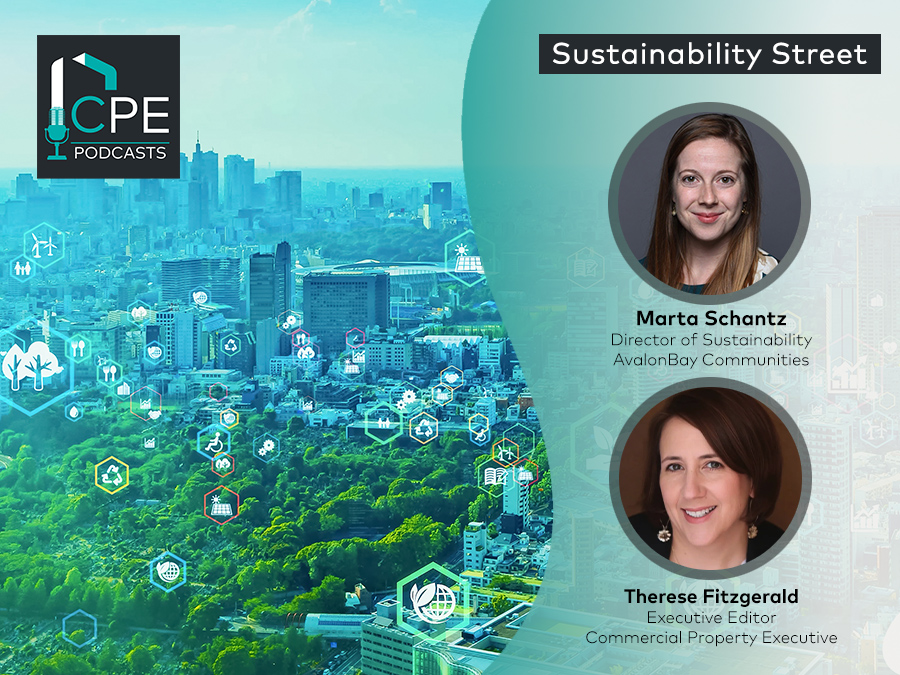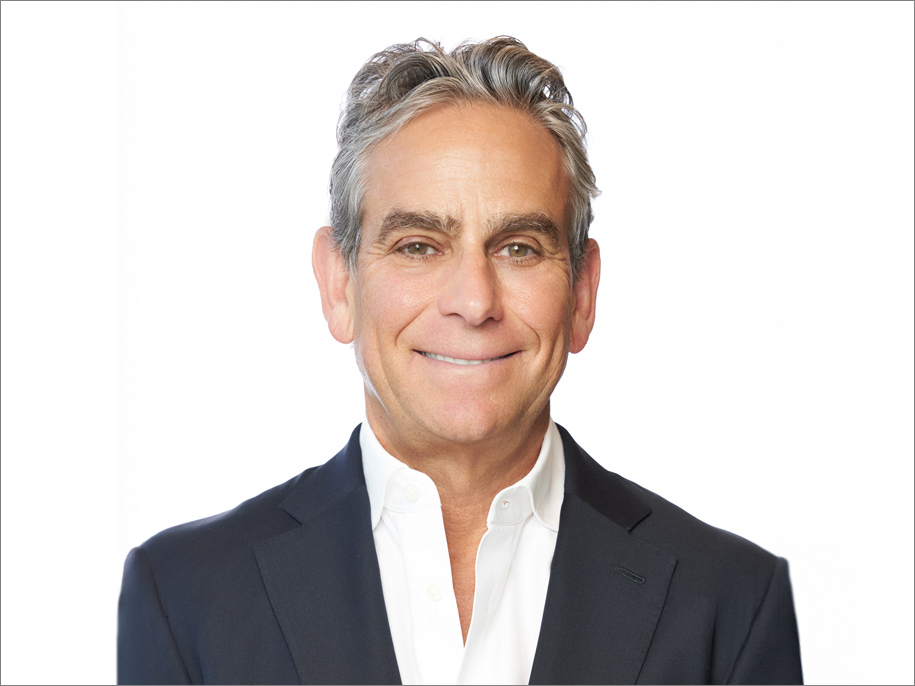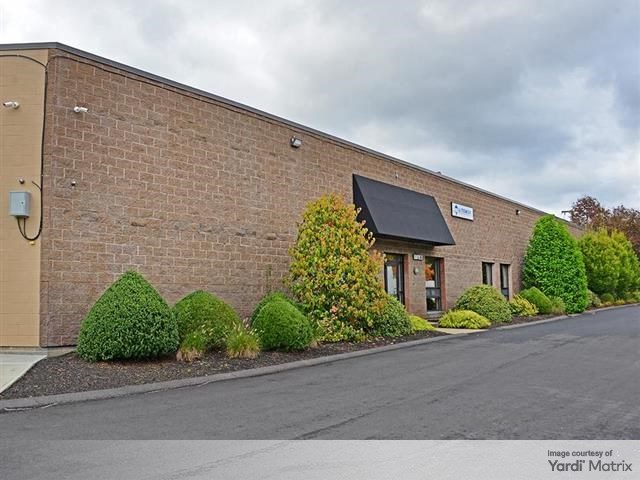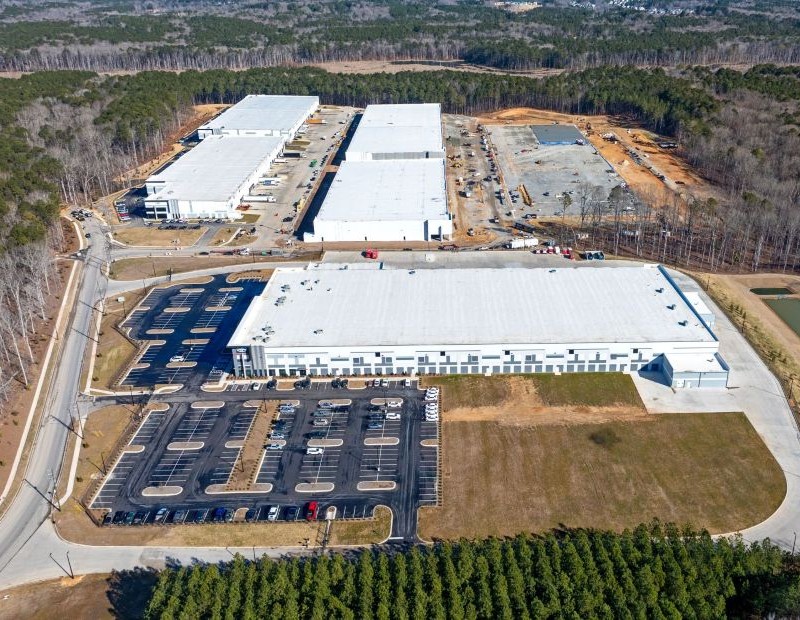What Makes a Financing Firm Competitive?
MidCap Financial Co-Founder Kevin McMeen discusses what to expect for CRE lending in 2017, and how his firm has succeeded in growing its presence in the market despite launching during the Great Recession.
By Alexandra Pacurar
Market analysts were in a hurry to predict the changes we will see shaping the real estate industry in 2017, but the key players in the business are not jumping to conclusions. Kevin McMeen, co-founder of MidCap Financial & president of the firm’s Commercial Real Estate Lending Group, discussed why the lending environment is unlikely to constrict in 2017, and the shifts we could expect to see in investors’ strategies. McMeen also revealed to Commercial Property Executive how he has successfully grown the company and what it takes to stay competitive in today’s lending environment.
CPE: You started MidCap Financial in 2008, at a difficult time for real estate investment and financing. How do you see the firm’s evolution to what it has become today? What helped MidCap Financial grow?
Kevin McMeen: The first 12 to 18 months of MidCap’s life were tough as we tried to assess where exactly we were in the cycle. While it was advantageous to launch a finance company without legacy assets when other lenders were sidelined, our concern during that time was to avoid trying to “catch the falling knife.” Once we got past that period of great uncertainty, we went after transactions very aggressively. By that I mean we were responsive, thorough and leveraged our streamlined and flat structure to provide certainty of execution for our customers. That approach is what enabled us to build a great reputation in the market. Our ability to then bring more efficient capital to our organization allowed us to scale our platform and remain competitive as the cycle improved and pricing compressed.
In spite of our growth, we remain a very nimble and flat organization today. We’ve attracted extremely high-quality talent for our core health care-focused efforts, as well as for our expansion into a general commercial finance company serving the middle market. A talented and motivated team, a strong credit culture and an efficient capital structure have been pillars of our success and will be going forward.
CPE: What is MidCap doing to stay competitive?
McMeen: We are focused on tightening our cost of capital to be as competitive as possible on pricing. However, we are just as focused on identifying transactions where we can get attractive, risk-adjusted returns with solid sponsors. While MidCap will deliver its best possible pricing on all transactions, our focus is to compete based on the value propositions that have always characterized our platform: our ability to underwrite higher-risk-profile transactions, tailoring loan structures to meet the needs of the business plan and the ability to deliver certainty of execution.
CPE: MidCap first launched its commercial real estate bridge lending platform in 2015. Can you reflect on the platform’s first year?
McMeen: We launched our commercial real estate bridge lending platform in the summer of 2015 as part of a larger organizational diversification away from being focused exclusively in the health-care industry and have been working to steadily build the platform ever since. Since launching, we’ve closed nearly $550 million in commercial real estate bridge loans, typically three- to five-year term floating-rate loans ranging from $5 million to $35 million in size.
Staffing-wise, the sourcing team at MidCap Financial Services has grown from two members in summer 2015 to seven members today, several of which we were able to bring on from GE Capital in the wake of their platform shutting down. Five underwriters and three portfolio management personnel have also been added to the team as deal flow has increased. We further expanded our platform last summer through the acquisition of a HUD lending team, which complements both our health care and commercial real estate lending platforms.
It’s a challenge being a new entrant to any lending space, especially one as competitive as real estate. However, we view the business as a great success thus far. We’ve been diligently working to build relationships with sponsors and brokers, and build the MidCap brand. Closing nearly 30 new transactions over the 20 months since our launch is a testament to how well we’re executing against our goals. We’re reaping the rewards of these efforts as we see repeat borrower business and brokers and sponsors reaching out to us in response to our marketing efforts.
CPE: Last year, MidCap acquired Pineview Capital Group, a HUD lender. How would you describe the dynamics of this lending sector?
McMeen: The Pineview acquisition was really driven by the fact that we are a very large provider of capital to the skilled-nursing sector and HUD is the only provider of long-term capital to that sector. Therefore, the ability to provide short-term bridge debt, working capital loans, and now, permanent debt through HUD allows us to strengthen our relationships with many of our customers. The HUD product is really a commoditized one, and the difference between winning and losing that business can be whether the lender can bring other products to that customer or has a strong, existing relationship. We now have the ability to deliver an integrated financing solution for investors and operators in the skilled-nursing sector.
We will also use the HUD platform to deliver long-term financing for multifamily owners with whom we do business. We have had great success delivering value-add bridge debt to borrowers focused on middle-market and workforce housing. HUD can be a very appealing exit financing option for those transactions and allow us to leverage those relationships to win incremental business there, as well.
Overall, we are very excited about our HUD platform and how we can use it to deepen relationships, leverage our bridge lending program and generate incremental fee revenue for our real estate business.
CPE: What are MidCap’s goals for the coming few years?
McMeen: Like all lenders, we are focused on growth and generating a strong pipeline of new volume. However, as a finance company with a long-term outlook and equity investors committed to growing the platform, we are very focused on prudent growth. With the market being so competitive and our view that we are in the late stages of the cycle, we will be selective in quoting transactions.
That doesn’t mean we are comfortable with weak year-over-year growth. It means we need to be more aggressive on the front end of the business to see more transactions because our hit ratio is likely to decline due to both competition as well as credit/market concerns. In 2017, we are looking to originate approximately $600 million in commercial real estate bridge loans (and an additional $500 million in health-care real estate bridge loans).
CPE: Will there be a change in debt capital availability in 2017?
McMeen: The debt market certainly doesn’t feel like it’s contracting, and I don’t expect it to in 2017. We are losing transactions to more aggressive quotes on both pricing and proceeds, which would suggest that lenders are aggressively looking to book loans and grow volume. Competition is heated among debt funds and short term (three- to five-year) lenders providing loans for refinancing and acquisitions.The trend over the past several years of equity investors creating debt platforms as a way to put money to work and expand assets under management continues, with new sponsors starting new debt platforms in 2017.
CPE: Could you outline a few trends in the CRE financing industry?
McMeen: There is a clear void in the market for construction debt. We get asked to provide construction debt in nearly every meeting with brokers and borrowers. Generally speaking, construction lenders seem to be at or very close to their allocation limits for construction debt, and whatever capacity remains appears to be reserved for top-tier clients.
We are definitely seeing lenders get aggressive on pricing and proceeds. Specifically, debt funds seem to have gotten more aggressive in the first quarter of 2017.
CPE: Some experts believe that 2017 will mark a shift in investors’ interest from multifamily to commercial properties (mostly alternative assets requiring specialized management such as car parks, hotels or health-care properties). Would you agree?
McMeen: There has been a lot of discussion around multifamily lending having peaked, particularly with regard to construction of new luxury units in urban-core locations. Some markets are experiencing flat to declining net market rents, and that softness is putting a damper on investor appetite for high-quality multifamily. As a lender in the senior housing market, we’ve seen some spillover of multifamily investors/developers into that arena, which, interestingly, suffers from an issue similar to multifamily (i.e., the concern about excess development). There has been considerable new construction in the senior sector in the past few years, and that growth in supply has outpaced demand and created some soft market conditions, where vacancies have risen and the ability to drive rents has eroded.
I believe you will see multifamily investors explore other asset classes, but without capital partners willing to make that leap, it will be very difficult to make the transition. The operational dynamics of assets such as hotels and health care can be difficult for new entrants to assess in the best of investment cycles, and as we get long into this cycle, the ability to successfully make that transition will be all the more difficult.
What we are seeing is a much more natural, albeit subtle, shift in Class A multifamily investors/developers investing in B/C multifamily assets. We are seeing more investors buying lower-quality assets in good locations, making upgrades and successfully increasing rents. That play is a much easier transition for investors/developers taking a break from development of new projects while markets absorb recent and pending supply.
Image courtesy of MidCap Financial








You must be logged in to post a comment.